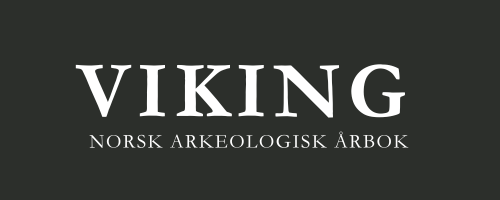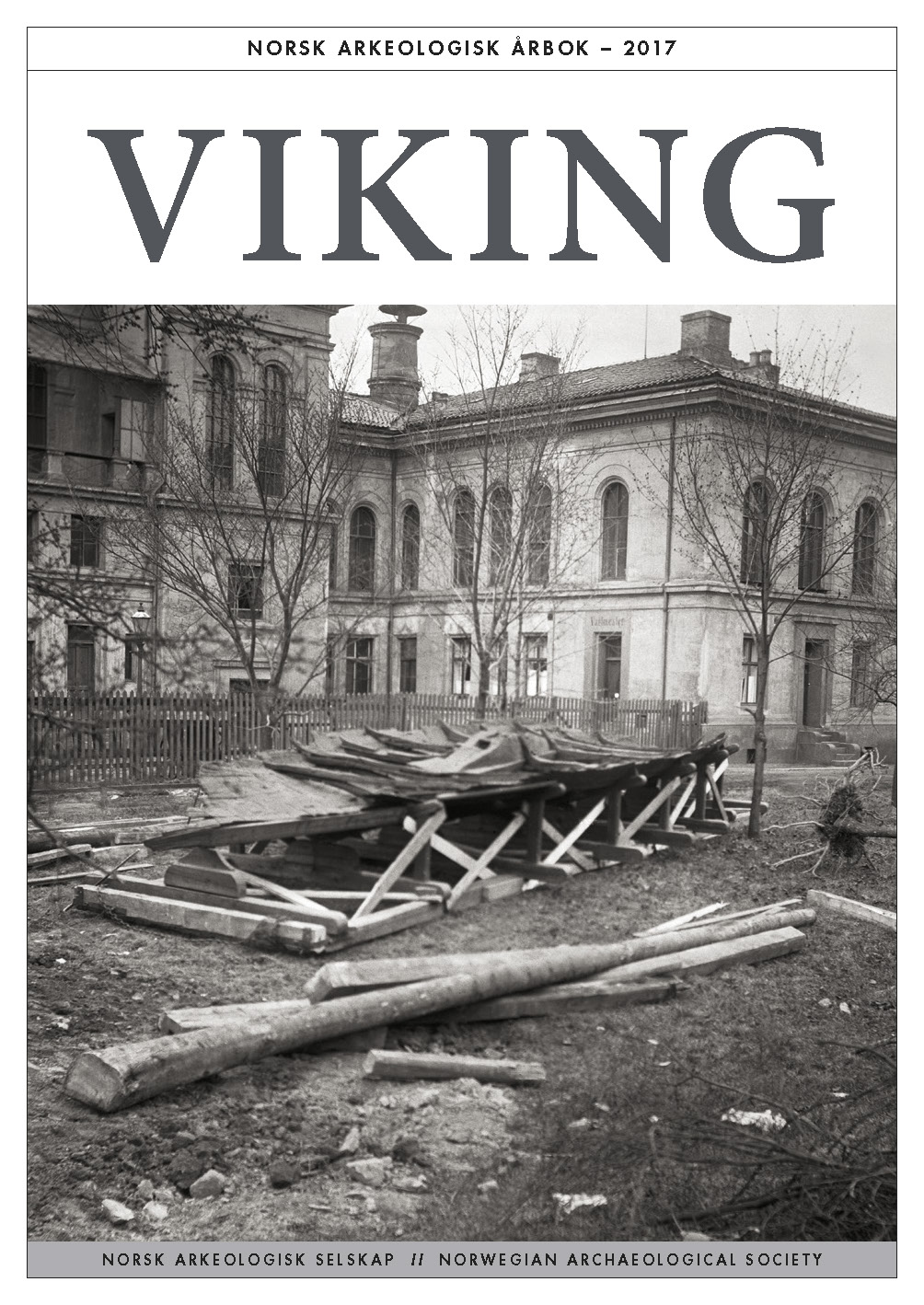Når materiell kultur blir digital – ei viktig vending i norsk arkeologi
DOI:
https://doi.org/10.5617/viking.5478Sammendrag
Norwegian archaeology and the digital turn
The discipline of archaeology has always tended to react quickly to emerging technologies. The introduction of cameras in the field affected archaeological methods, the spread of computers and the development of GIS systems changed how archaeological data is recorded. Although the production of archaeological knowledge indisputably starts in the field, the practical aspects of field archaeology are black-boxed, described generally and rarely scrutinized. The traditional and widely accepted division between data collection in the field and the post-excavation process of interpretation appears to have weakened with the introduction of digital archaeology. Recently there has been a call for reflection on the consequences of replacing earlier analog tools such as pencil and measuring tape with digital tools such as iPads and drones. Do these technologies lead to results different from those that would have been obtained via analog methods, and thus a different archaeology? The examples presented in this article demonstrate clearly the advantage of these new digital tools, while also highlighting the continued relevance of traditional archaeological methods to knowledge production. Digital archaeology produces new and different datasets that require curation. The current MUSIT cooperation will eventually be advantageous for the Norwegian University Museums in managing expanding digital collections, but the work of establishing solid digital infrastructures demands an awareness of both the benefits and the possible drawbacks.
Nedlastinger
Publisert
Utgave
Seksjon
Lisens
Fra og med årgang 2016 er innhold i tidsskriftet Viking - dersom ikke annet er uttrykt - lisensiert gjennom Creative Commons Lisens BY-NC-ND-4.0. Dette betyr at innhold kan kopieres, distribueres og spres i hvilket som helst medium eller format, så lenge disse vilkårene er fulgt.



